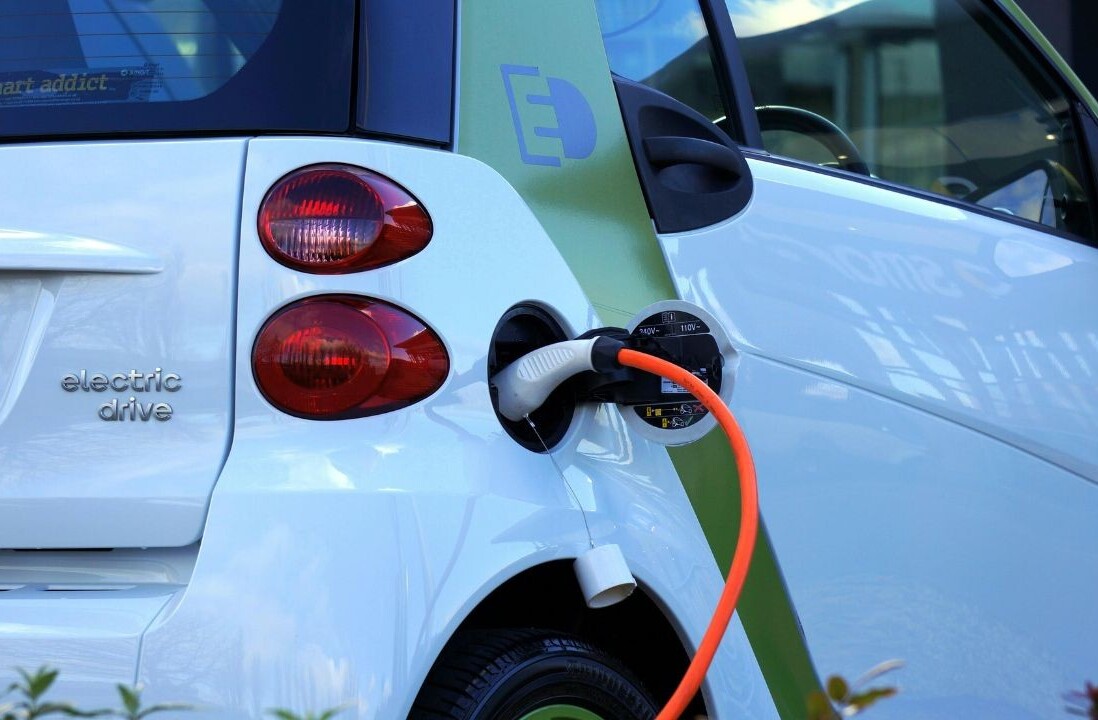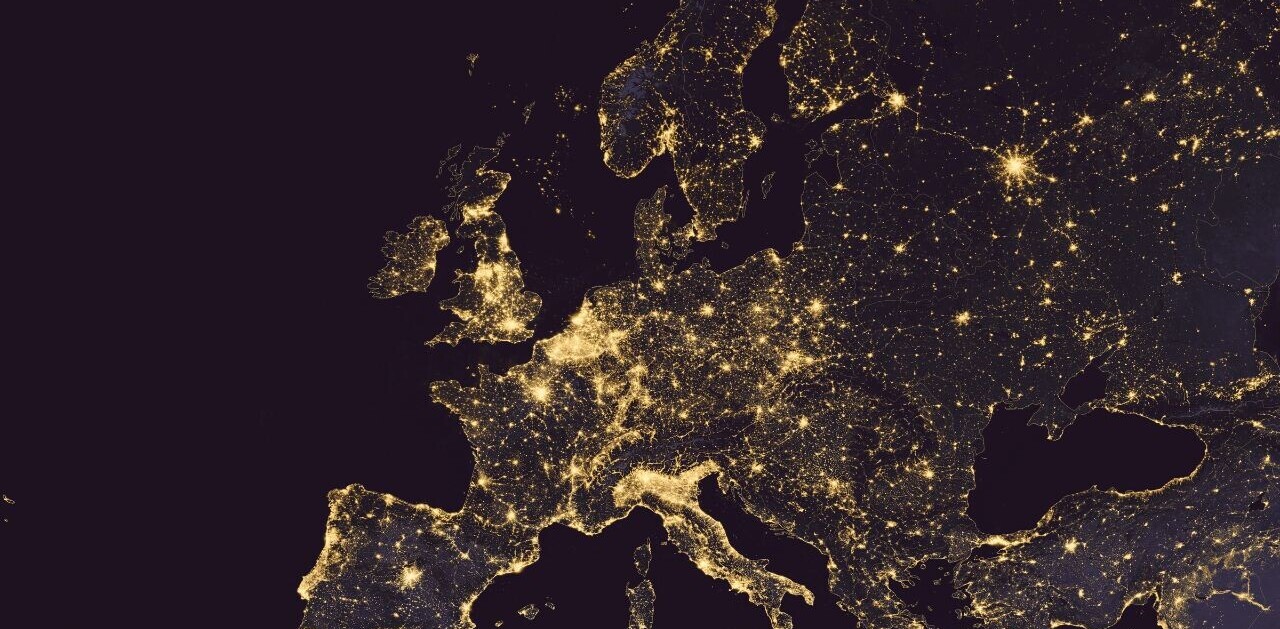
Sustainability has become a major trend across different industries, and tourism isn’t an exception. In fact, 83% of leisure and business travellers worldwide believe that sustainable travel is vital.
Some, such as the Sands Expo, which is now carbon neutral, have used this status to differentiate themselves on the market and attract new eco-conscious customers.
Before we dive further, just what is sustainable tourism?
The UNWTO defines it as:
Tourism that takes full account of its current and future economic, social and environmental impacts, addressing the needs of visitors, the industry, the environment, and host communities.
In practice, this means more tourism businesses are looking internally to see how they can address issues like decarbonization, waste and pollution reduction, increasing future green investments, thereby providing more eco-friendly travel experiences.
Many are finding that going green isn’t only the right thing to do, it also makes business sense by helping reduce costs and make operations more efficient.
The emergence of new sustainability tech is helping usher in this new era of sustainable, eco-conscious tourism by offering innovative solutions that can be adopted by both large and small-scale businesses.
Here we will highlight best practice examples from various tourism companies and some practical things you can do to make your business more sustainable.
Eliminating food waste
Around a third of all food produced for human consumption is wasted. According to the UNEP Food Waste Index 2021, around 931 million tonnes of food waste was generated in 2019 – 39% from food service and retail including restaurants, hotels, and shops. Together, food loss and waste is responsible for 8% of global greenhouse gas emissions annually and results in $940 billion in economic losses.
Singapore is making good progress in reducing food waste overall, however, it still accounts for 10% of the total waste generated in the country and the recycling rate remains relatively low. For example, the only landfill in Singapore, Semakau, might run out of space by 2035. That’s why reducing food waste is one of the country’s three priority waste streams under the recently launched Zero Waste Masterplan.
In this regard, the Singapore National Environment Agency (NEA) has launched a $1.24 million Food Waste Fund that covers the capital cost of food loss treatment solutions for Singapore businesses. The Singapore Hotel Association was among the beneficiaries.
Interestingly, studies have shown that for every $1 hotels and restaurants invest in programs to reduce kitchen food waste, they save $7 on average in operating costs. Therefore, finding ways to reduce food waste is a win-win as it helps travel businesses cut both carbon emissions and costs. Funding opportunities, cost reductions, new tech are leading to some interesting new innovations.
The Grand Hyatt Singapore has its own waste management plant which is capable of converting 1,000kg of food waste into organic, pathogen free fertiliser which can be reused to keep the hotel’s greenery looking lush. On top of this, they’re now saving $100,000 per year by cutting out the need for waste haulage.
Sustainable initiatives have allowed venues to cut emissions, and also costs.
MICE venues are also getting into the recycling game. MAX Atria, the convention wing of Singapore EXPO, is composting food waste into fertiliser that can be used in their garden. They were the first MICE venue to receive Singapore’s Building and Construction Authority Green Mark Platinum Award for their efforts.
The Mandarin Oriental Singapore invested in an aerobic food digester that can convert up to 20 tonnes of food waste into (unharmful) greywater each month. This grey water can then be put back into the normal sewage system, without causing any harm. Alongside this, the hotel conducts an annual audit to see how they can improve their waste management operations.
So how can you get started and what can you do if you don’t have the funds to invest in your own food processing system?
To lower food waste, you will need to first have a clear picture of how much waste you are producing. Singapore Tourism Board’s accelerator alumni, Lumitics, created a plug and play food waste solution tailor-made to the food & beverage industry. Their product has become a seamless smart food waste tracker that gives real insights into how much food waste a kitchen generates. With this data, users can create a strategy to eliminate food waste and track their progress over time. And this is not just for restaurants, some of their clients include hotels, cruise lines, and airlines.
EATLAB is another accelerator alumni that provides restaurants with the data and insights they need to optimise their operations. With consumer modelling insights, kitchens can make smarter ordering choices, lowering costs and avoiding inefficiencies.
While some food waste is always inevitable, take a page from the Marina Bay Sands and the Grand Hyatt Singapore which have both introduced programs to donate non-perishable food items (such as bread and pastries) and frozen cooked foods to charities including the Singapore Food Bank, Food From The Heart, and Kerbside Gourmet.
Introducing green utilities
To reach emissions reduction targets, most companies are shifting their portfolios to add green renewables. A number of travel businesses including hotels, meeting and conference venues, restaurants, and retail businesses are adopting innovative new ways to make their water supplies, heating and cooling systems, and electricity green. This has not only allowed these venues to cut emissions but, again, also costs.
Singapore has introduced a Green Plan to encourage these innovations and aims to transform the city into a greener and more sustainable place to live by 2030 which could mean potential subsidies for green energy initiatives.
Grand Hyatt Singapore has been recognized as one of the first businesses to install a gas-powered trigeneration plant to cover 30% of its electricity needs. The system generates hot air for its laundry facilities and air-conditioning. This initiative has helped the hotel to reduce its carbon footprint by 1,200 tonnes per year.
A new wave of eco-conscious travellers want to lower their carbon footprint while travelling.
Parkroyal on Pickering uses cutting-edge environmentally-friendly utilities and technologies. In regards to controlling heating and cooling conditions in the hotel, cascading greenery keeps the west-facing wall cool and reduces the energy consumption needed. The hotel’s landscape areas are designed to be self-sustaining; water usage is minimised by harvesting rain and usage of NEWater. They have also introduced high performance glass that reduces solar heat and provides natural light inside the building.
The Pan Pacific Orchard hotel, which has a zero-impact and zero-waste agenda, is planning to use green spaces to regulate temperature. Among other features, a rainwater harvesting system, a recyclable water system, and a compactor which turns food waste into compost have been integrated into the building’s architectural plans. Meanwhile its public spaces, meeting spaces and guestrooms are designed to make use of natural daylight, reducing lighting costs.
Again, when looking to introduce cost-saving green utilities or infrastructure, the most important place to start is with data. Singapore Tourism Board’s Accelerator alumni Winsar provides a comprehensive software solution for hotel management that provides all-in-one insights into operations including everything from purchasing and receipt of materials and tracking of usage to accounting. Having such insights in place will allow you to monitor the success of your new initiatives.
While these upgrades may require an initial investment, they can help reduce costs in the long term. To learn more, check out our earlier article about how Marriott International saved on long term costs by going green.
Using AI to help travellers lower their carbon footprint
A new wave of eco-conscious travellers want to lower their carbon footprint while travelling. For businesses in many countries, cutting their carbon footprint – also on business trips – has become a necessity to reach national emissions targets. But many don’t have the means or the time to spend calculating emissions and finding the most eco-friendly options. Travel agents, MICE tourism, and transport businesses that can help their customers easily organise low carbon trips and conferences will have an edge.
For example, Dutch meeting management platform, Meetingselect, is now working on a new AI-based feature that will help companies calculate “The Best Place to Meet” in terms of Total Travel Time, Total Travel Cost, and CO2/carbon footprint reduction, and ease the process of flexible workspace and co-working space bookings.
A number of airlines have started promoting сarbon-neutral trips by compensating for carbon emissions. For instance, in 2021 Singapore Airlines (SIA) Group launched a voluntary carbon offset programme for customers. With the help of an AI-based digital solution, customers can calculate the contribution needed to offset the emissions of their journey. They can then contribute to a number of projects SIA has launched to help protect forests in Indonesia, support renewable solar energy projects in India, and provide efficient, clean burning cookstoves for rural families in Nepal.
Event organisers and MICE tour operators can also take advantage of new tools to plan low emission travel routes. On Google Flights you can see emissions estimates for each leg of a trip. You can also sort results by carbon emissions and filter options by low emissions.
For the hospitality industry, it is important to know that Google also allows users to search for eco-certified hotels and filter based on the sustainability practises the hotel follows. To ensure your hotel appears higher in the search, it helps to become eco-certified by an independent source. Google provides a list of its approved certification agencies.
While sustainable tourism is still a niche sector in which travel businesses can distinguish themselves, we believe that this trend will become mainstream in the not too distant future. Those that start now by, not only adopting sustainability tech, but also adopting an eco-conscious mentality across their operations will be ahead of the curve.
For MICE, event organisers, venues, and the hospitality industry, this means knowing your sustainability performance today and reviewing sustainability initiatives – from food waste to water management – on a regular basis to see where further eco-efficiencies can be introduced and rethinking how physical structures can be utilised to reach sustainability goals i.e. for green spaces and rainwater collection. Meanwhile, transportation, travel agents, and travel organisers will become more focused on providing low-carbon travel options that will allow travellers to minimise their carbon footprint, while still enjoying the experience.
New advances in sustainability tech will be key to helping travel businesses, big and small, make the transition.
To support our vision of becoming a sustainable urban destination, where large experiences come with small footprints, Singapore Tourism Board’s startup accelerator program has an open call for founders with bright ideas on how to innovate in this space.
Find out how to apply to be part of cohort 7 here
Get the TNW newsletter
Get the most important tech news in your inbox each week.





